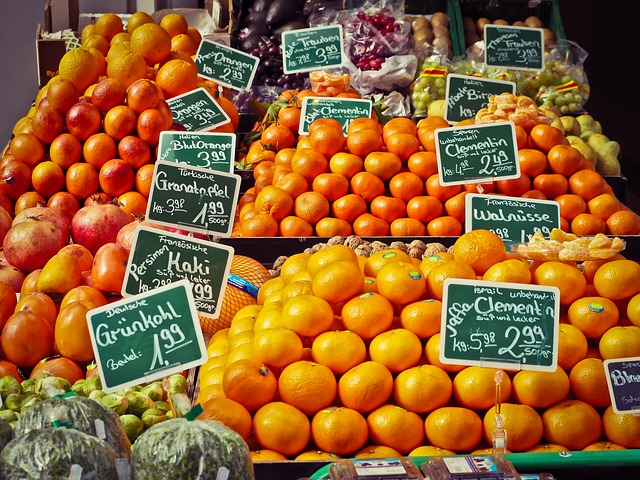Art translation for UK art catalogs and exhibition brochures requires more than literal interpretations, demanding a deep understanding of cultural nuances, artistic movements, and target cultures. Professional translation services specializing in this field employ linguists who bridge the gap between curators and international audiences, ensuring that the artwork's intended message resonates accurately across diverse contexts. These services utilize specialized terminology and glossaries to maintain original meaning, aesthetic value, and accessibility for global viewers, fostering cultural exchange and appreciation for UK artistic offerings.
In the realm of art, the curator’s voice is integral to interpreting and presenting artistic visions. However, translating this voice into different languages poses unique challenges. This article explores the intricate process of capturing a curator’s intent in translations, focusing on UK art catalogs and exhibition brochures. We delve into cultural nuances, best practices, and the transformative role of professional translation services in ensuring accurate representation of artistic concepts across borders.
- Understanding the Unique Challenges of Art Translation
- The Role of Cultural Nuance in Capturing Curator's Vision
- Best Practices for Accurately Representing Artistic Concepts
- How Professional Translation Services Enhance UK Art Catalogs and Exhibition Brochures
Understanding the Unique Challenges of Art Translation

Art translation, especially for UK art catalogs and exhibition brochures, presents unique challenges that go beyond literal word-for-word substitutions. The delicate task involves capturing the essence, intent, and aesthetic nuances of an artwork, ensuring they resonate with a new audience while maintaining cultural sensitivity. This is particularly crucial in diverse artistic contexts where symbolism, metaphor, and historical references can vary significantly across languages and cultures.
For example, translating an artist’s statement or a curator’s interpretation requires not just linguistic proficiency but also a deep understanding of the artistic movement, the target culture, and potential conceptual shifts during translation. UK-based art catalog and brochure translators must be adept at navigating these complexities, ensuring that the curator’s voice—their unique perspective on the artwork and its context—is accurately represented in the translated text.
The Role of Cultural Nuance in Capturing Curator's Vision

In the realm of UK art catalogs and exhibition brochures, capturing the curator’s vision through translation is an art in itself. Cultural nuance plays a pivotal role in ensuring that the original intent and essence of the curatorial perspective are conveyed accurately to the target audience. A simple word-for-word translation often falls short, as art is deeply rooted in cultural context. For instance, describing an exhibition’s theme might require more than just translating the words; it involves understanding and reproducing the subtleties and metaphors that resonate with the source culture, making the translated content meaningful and impactful for readers from a different background.
Professional translation services specializing in UK art materials recognize this challenge. They employ linguists who are not only proficient in the target languages but also have a keen awareness of cultural nuances. By bridging the gap between curatorial intent and linguistic expression, these services ensure that the artistic vision is preserved and enhanced rather than lost in translation. This becomes especially crucial when presenting UK art to an international audience, where cultural context can significantly influence how art is perceived and interpreted.
Best Practices for Accurately Representing Artistic Concepts

When translating UK art catalogs and exhibition brochures, capturing the curator’s voice accurately involves a nuanced approach to artistic concepts. Translators must go beyond literal interpretations to grasp the essence and intent behind each piece. This often requires deep cultural understanding and an appreciation for art history, especially when dealing with exhibitions that span different eras or incorporate diverse artistic movements.
Best practices include close collaboration between translators and curators during the translation process. Curators can provide valuable context and insights, ensuring that the translated text reflects the original vision accurately. Additionally, using specialized terminology and art-specific glossaries helps maintain consistency and accuracy in representing artistic concepts across languages.
How Professional Translation Services Enhance UK Art Catalogs and Exhibition Brochures

Professional translation services play a pivotal role in enhancing UK art catalogs and exhibition brochures, ensuring that international audiences can fully appreciate and engage with artistic offerings. By providing accurate and culturally sensitive translations, these services bridge the gap between artists’ intentions and global viewers’ interpretations. With meticulous attention to detail, language experts capture the essence of each piece, maintaining the original meaning and aesthetic value.
Such services are particularly invaluable for exhibitions and catalogs that showcase diverse artistic voices from around the world. They enable UK art institutions to reach a broader, international audience, fostering cultural exchange and appreciation. Well-translated materials not only improve accessibility but also enhance the overall visitor experience, allowing people from different linguistic backgrounds to connect with the art on a deeper level.
In the realm of UK art, effective communication through translation services is a game-changer. By understanding the unique challenges of art translation, leveraging cultural nuance, and adhering to best practices, curators can ensure their vision is accurately represented in catalogs and exhibition brochures. Professional translation services play a vital role in enhancing these materials, fostering a vibrant and inclusive artistic landscape for diverse audiences across the UK and beyond.



